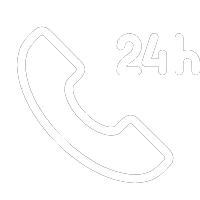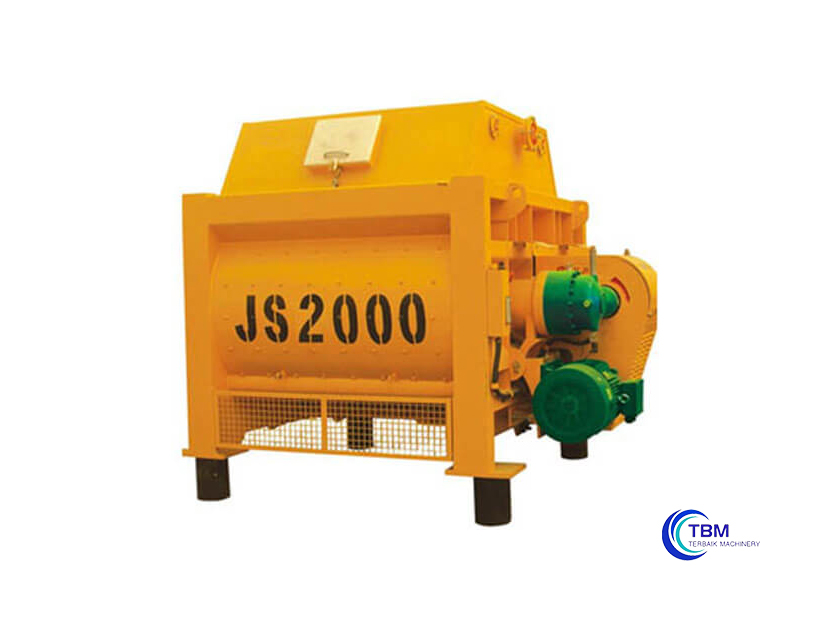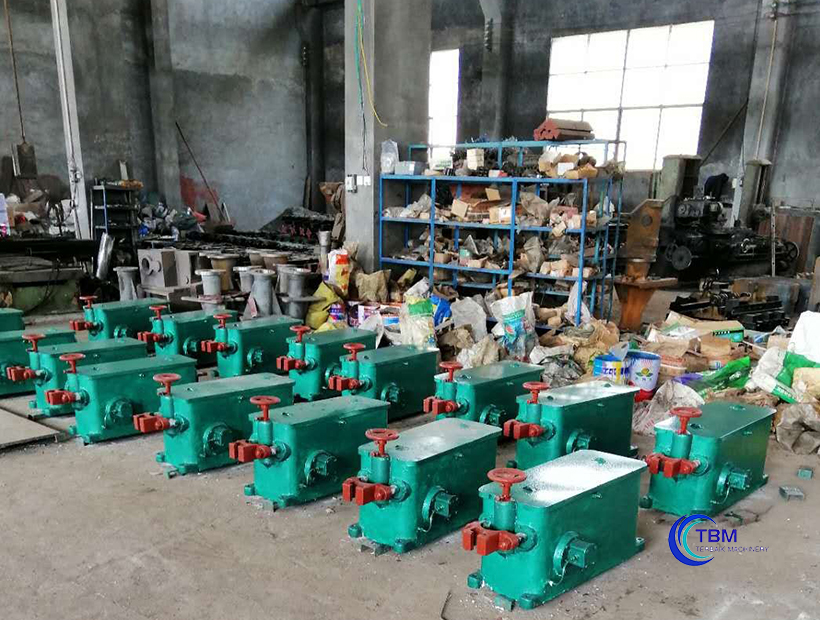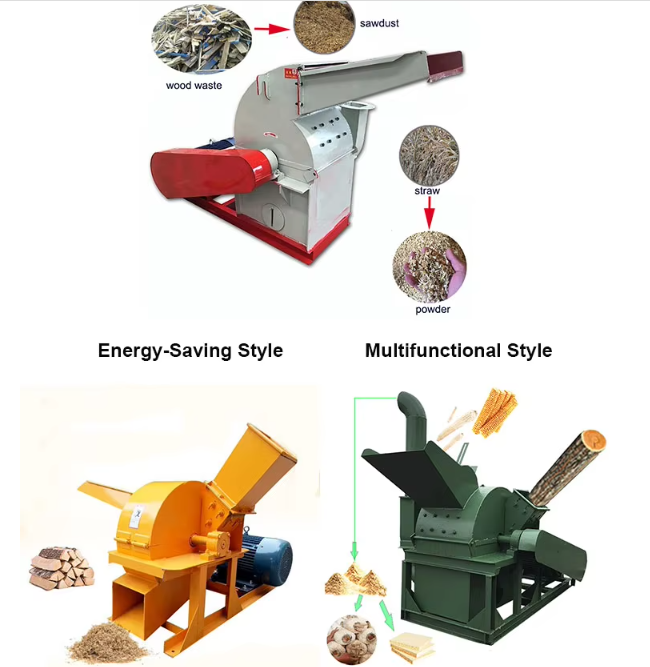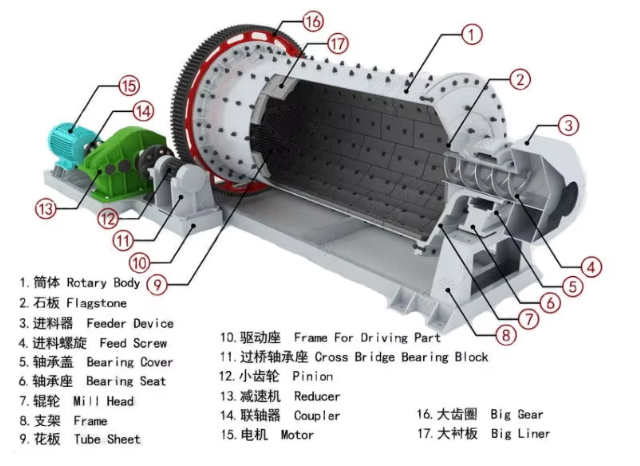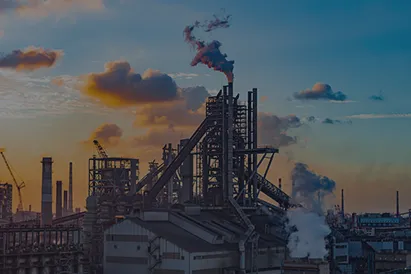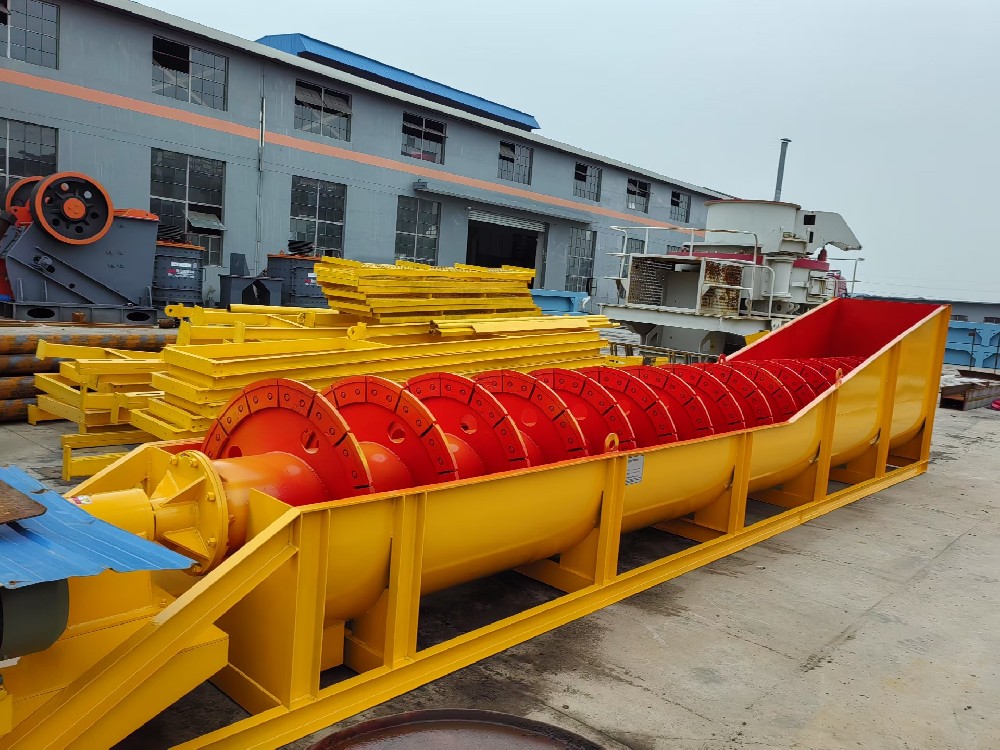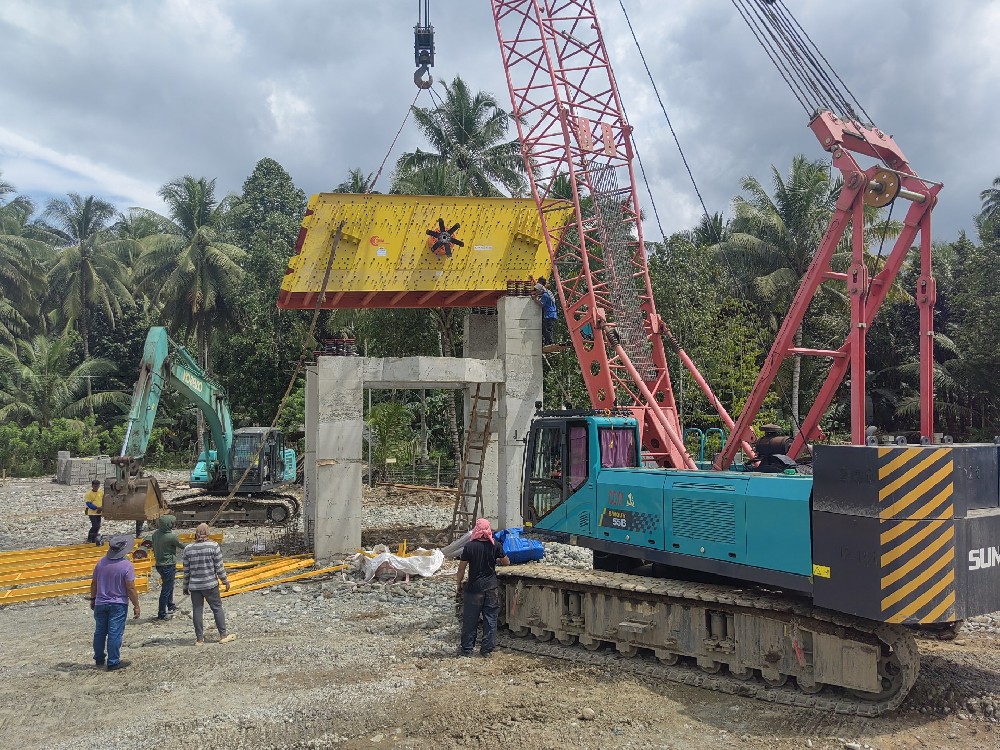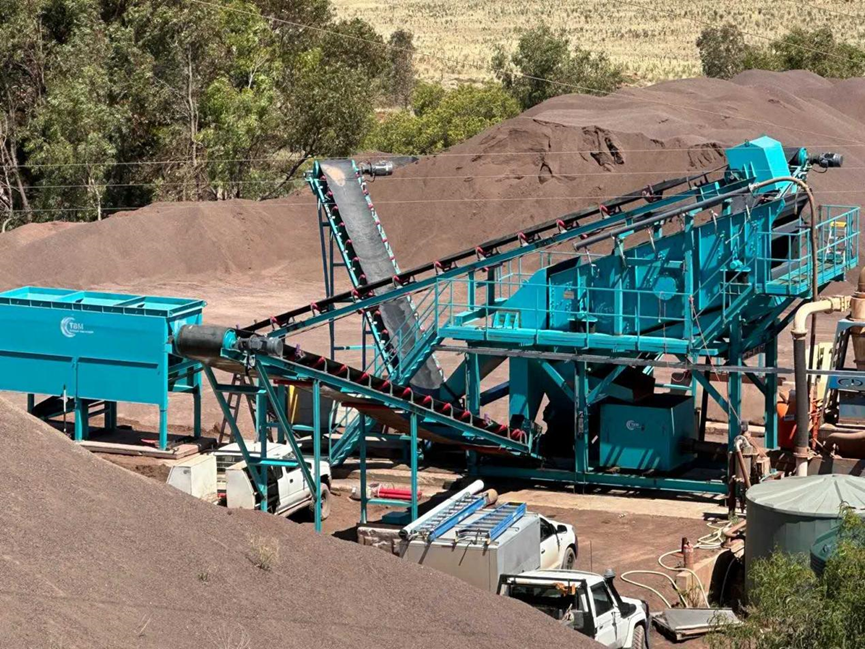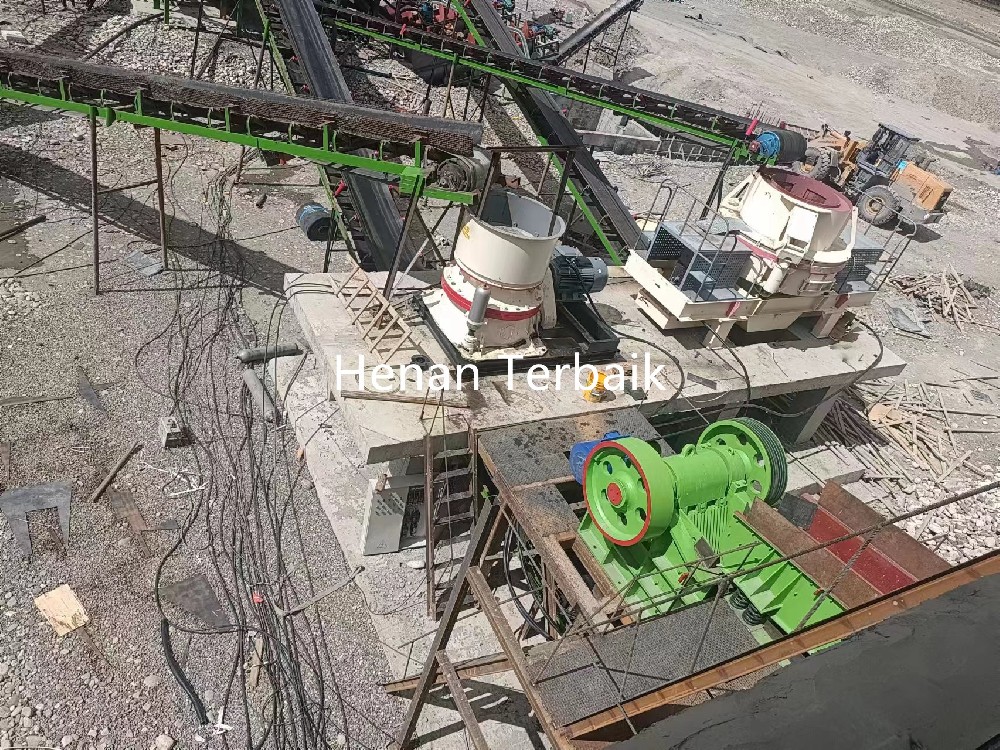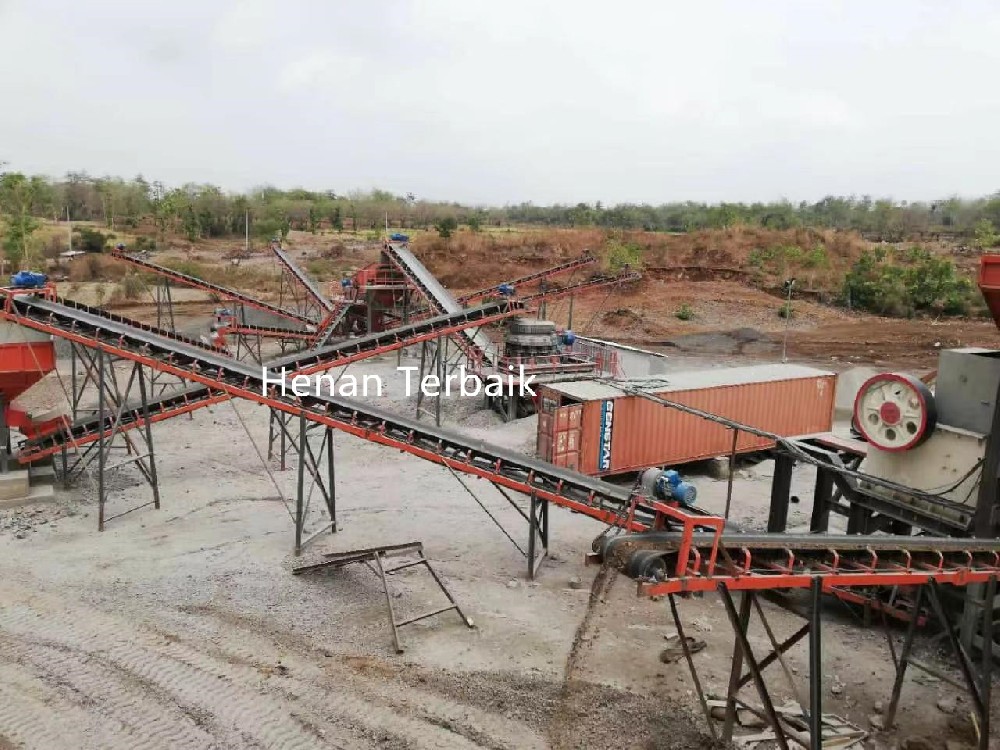1. Stone aggregates crushing plant conveyor belt
Conveyor belts are commonly used key components in material conveying systems and are widely used in mining, metallurgy, electricity, chemical and other industries. However, belts often deviate during operation, which not only affects the conveying efficiency, but may also cause equipment damage and safety accidents. Therefore, studying effective anti-deviation measures is crucial to ensure the stable operation of the conveying system.

2. Analysis of the causes of belt deviation in stone aggregates crushing plant
Belt deviation refers to the phenomenon that the belt deviates from the center line during operation and exceeds the normal operating range. The reasons are complex and varied, mainly including the following aspects:
2.1. Uneven belt tension: ** Inconsistent tension on both sides of the belt will cause unbalanced force on the belt, resulting in deviation.
2.2. Poor installation of rollers: ** The rollers are key components for supporting and guiding the belt. If the rollers are not installed correctly, loose or damaged, the belt running track will be offset.
2.3. Uneven material distribution: ** Uneven distribution of materials on the belt will cause unbalanced force on the belt, causing deviation.
2.4. Belt wear: ** Long-term operation of the belt will cause wear, and uneven wear will cause inconsistent belt thickness, which will cause deviation.
2.5. Environmental factors: ** Environmental factors such as wind and humidity may also affect the running state of the belt, causing deviation.
3. Belt anti-deviation measures in stone aggregates crushing plant
For the above reasons for belt deviation, the following anti-deviation measures can be taken:
3.1. Adjust belt tension: ** Check belt tension regularly to ensure that the tension on both sides is uniform. This can be achieved by adjusting the tensioning device or replacing the tensioning wheel.
3.2. Optimize roller installation: ** Install rollers strictly in accordance with requirements to ensure that the roller axis is perpendicular to the belt running direction and the rollers are level. Worn or damaged rollers should be replaced in time.
3.3. Even distribution: ** When loading materials, try to make the materials evenly distributed on the belt to avoid concentrated accumulation or deviation to one side.
3.4. Regular maintenance: ** Check the wear of the belt regularly and replace the belt with severe wear in time. At the same time, the belt and rollers should be cleaned regularly to keep them clean.
3.5. Install anti-deviation devices: ** In order to further improve the stability of belt operation, anti-deviation devices such as limit switches and deviation sensors can be installed on the conveyor. These devices can detect belt deviation in time and issue an alarm or take corrective measures.
4. Application of anti-deviation measures in stone aggregates crushing plant
Different conveyors and application scenarios require the selection of appropriate anti-deviation measures. The following are some specific application examples:
4.1. Mining conveyors: ** Mining conveyors usually have large conveying volumes and large material blocks, which are prone to belt deviation. In addition to the above general measures, heavy-duty rollers, high-strength belts, etc. can also be used to improve the stability of the conveying system.
4.2. Power plant conveyors: ** Power plant conveyors usually transport bulk materials such as coal, and have high requirements for belt anti-deviation. Self-aligning rollers, automatic deviation correction devices, etc. can be used to achieve automatic adjustment and correction of the belt.
4.3. Chemical conveyors: ** Chemical conveyors transport a wide variety of materials with different properties, and it is necessary to select appropriate anti-deviation measures based on the characteristics of specific materials. For example, for corrosive materials, corrosion-resistant belts and rollers should be selected.
Belt deviation is a common problem in the operation of conveyors, but it can be effectively solved by taking effective anti-deviation measures. In actual applications, the type of conveyor, material characteristics, working environment and other factors should be comprehensively considered, appropriate anti-deviation measures should be selected, and daily maintenance should be strengthened to ensure the stable operation of the conveying system.
